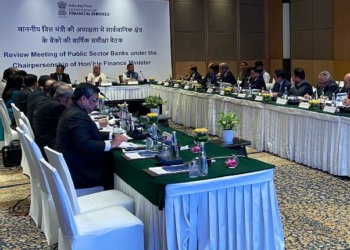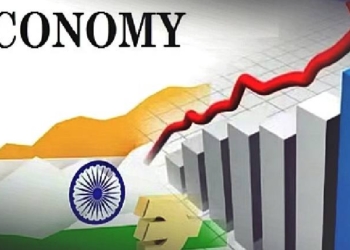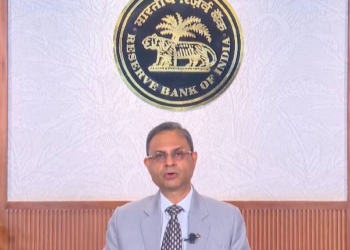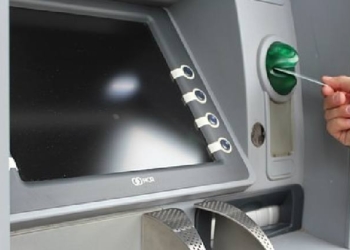New Delhi: Reliance Jio has launched True 5G service in 277 cities across the country and is on the path to achieve the declared goal to increase the Jio 5G footprint to cover every town, taluka and tehsil across the country by December this year, Akash Ambani, Chairman of Reliance Jio Infocomm Ltd, said on Tuesday.
Addressing a post-budget webinar coordinated by the Ministry of Electronics and IT (MeitY) and Department of Promotion of Industry and Internal Trade (DPIIT), he added that this will be the world’s fastest 5G rollout.
Jio has deployed “more than 40,000 sites and nearly 2,50,000 cells of 5G network in 700 Mhz as well as in the 3500Mhz band. We are on the path to achieve the declared goal to increase the Jio 5G footprint month after month to other cities, towns and talukas of various states/UTs,” Ambani said.
Jio is leading the 5G network rollout in the country with the world’s largest stand-alone network architecture that is uniquely suited to cater to the requirements of True 5G technology.
“The impact on 5G that will have on India’s growing economy is immense. There is no other technology that has given us various growth sectors like 5G has as a rapidly growing and emerging economy. India’s uniquely positioned to take lead in the use of 5G technology for the betterment of society and livelihood of over 140 crore Indians,” Ambani added.
5G will make our cities smarter or society safer, utilities more stable and emergency services more responsive and industry more efficient, he said.
“Many novel-use cases are finding their way to the market across sectors such as healthcare, education, agriculture, smart cities and infrastructure, including entertainment and productivity,” he stressed.
The healthcare sector is poised to be among the most significant beneficiaries of 5G technology.
With 5G-enabled remote consultations, “patients can easily consult with doctors without physically visiting. This can save time, reduce the risk of exposure to infections, and dramatically lower healthcare costs,” Ambani added.
With 5G-enabled medical devices, doctors can get real-time information about a patient’s vital signs, allowing them to make faster and more accurate diagnoses.
5G ambulances would be able to transmit data and video to hospitals in real time.
“Because of 5G’s high bandwidth nature, video can be streamed live from ambulances. A GPS device would also be able to track ambulances, and other connected sensors would allow medical experts to recognise vital signs early, remotely access real- time medical reports, and respond more quickly right from the ambulance itself,” he added during the address.
In agriculture, 5G can enable precision farming by providing farmers with real-time data on weather patterns, soil moisture levels and crop growth.
This data can help farmers make informed decisions about when to plant, water and harvest crops, leading to more efficient use of resources and higher yields, he said.
“5G technology can also be used to monitor livestock in real-time, helping farmers detect health problems and prevent the spread of diseases,” Ambani added.
Autonomous farming, where drones or robots perform tasks such as planting, spraying and harvesting crops can also be enabled by 5G technology. This can increase efficiency and dramatically reduce labour costs.
Ambani said that with 5G, students can access educational materials and resources from anywhere at any time.
“5G networks can enable students and teachers to collaborate in real-time and in a variety of ways, such as through virtual reality (VR) or augmented reality (AR) experiences. This could allow for more interactive and immersive learning experiences that are more engaging and memorable,” he emphasised.
5G technology can enable ultra-low latency services and manage disaster response scenarios too.
“5G technology has the potential to improve work productivity by enabling faster data transfer, reduced latency, improved video conferencing and increased flexibility,” Ambani added.
(IANS)













